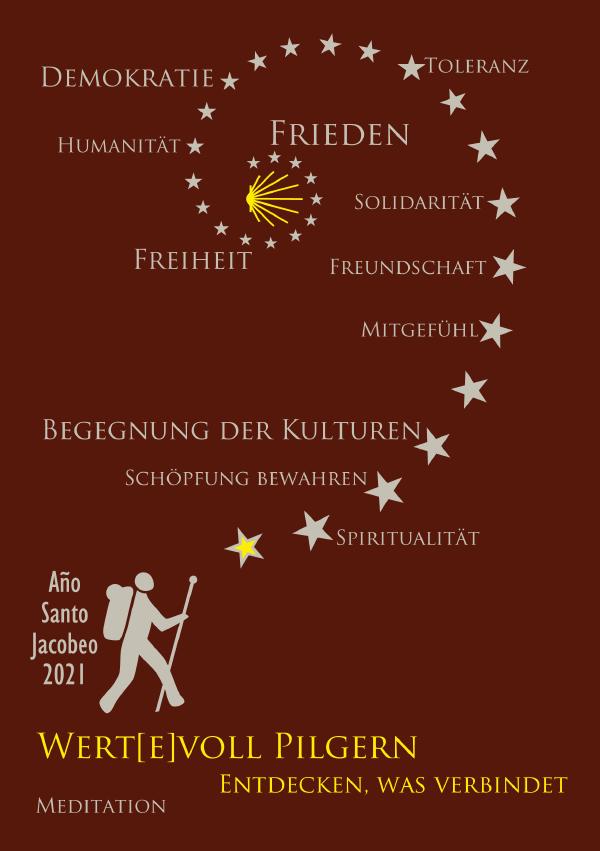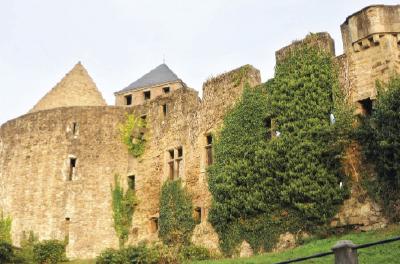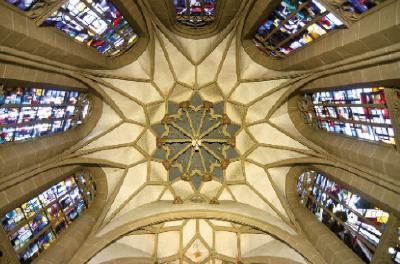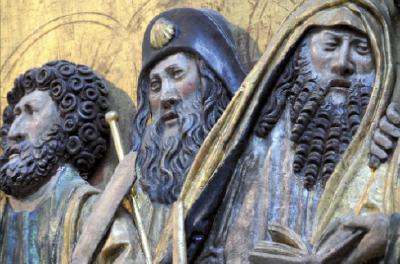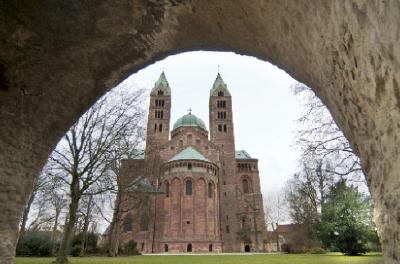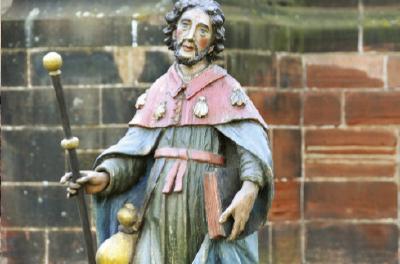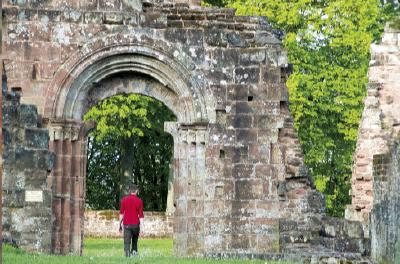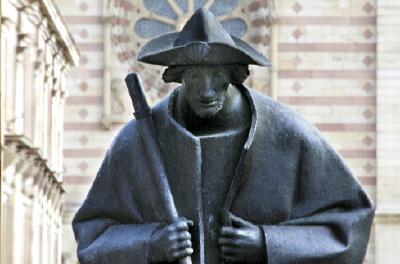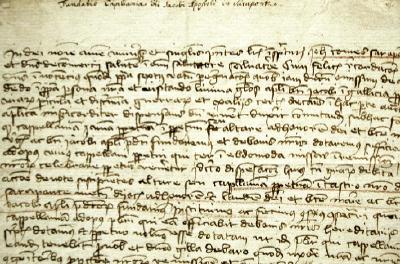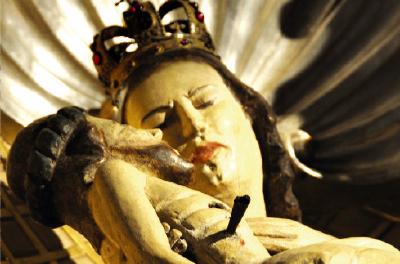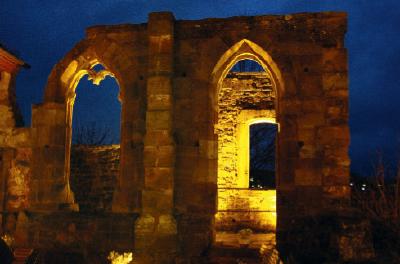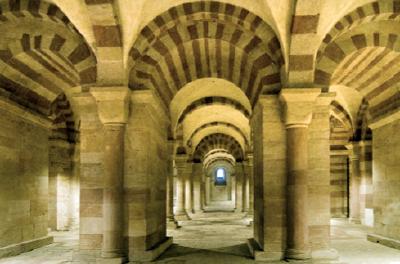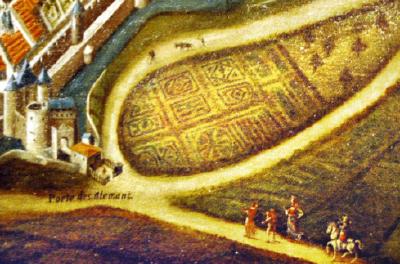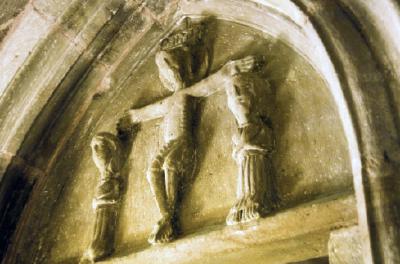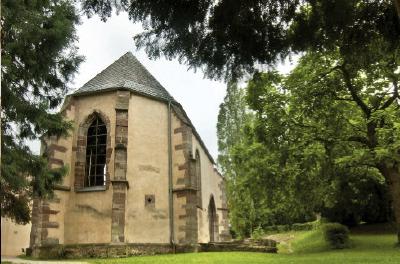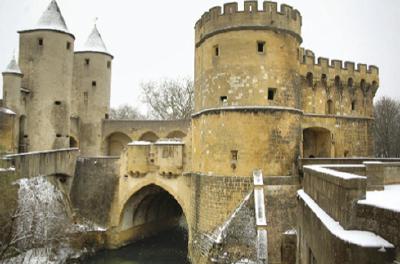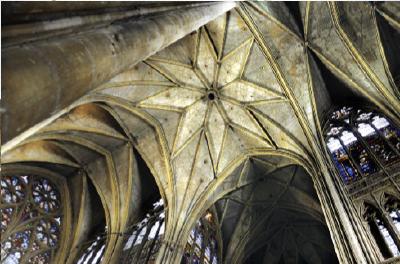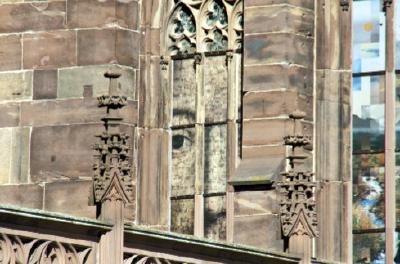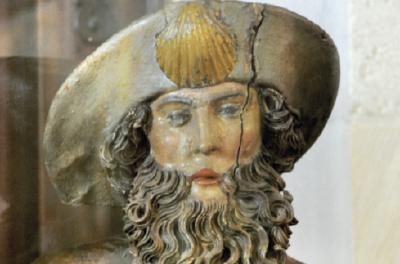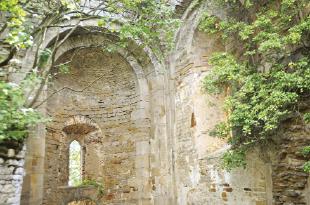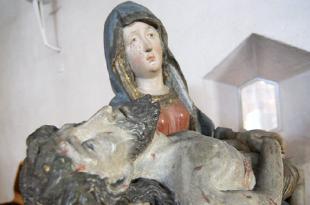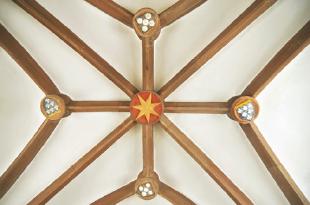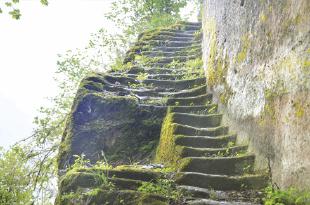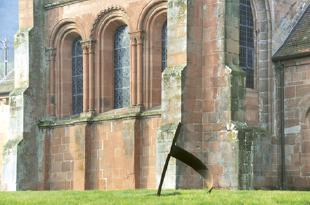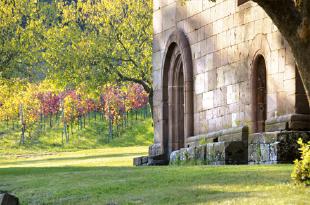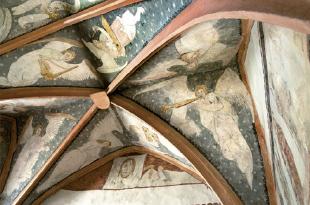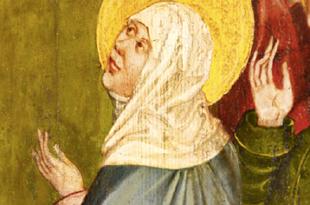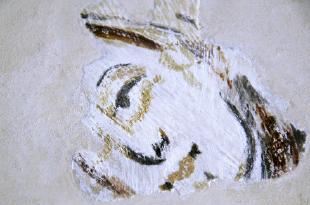
On the road for the European soul
On January 22, 2023, the Élysée Treaty will look back on its 60th anniversary as a Franco-German friendship treaty. Against the backdrop of a trembling world order, cross-border cultural work as a friendship and peacemaker is coming into focus more than ever. European integration in the Greater Region needs the renewal of a vision of the future that reaches people in their hearts. “Europe should get itself a soul” once demanded Robert Schuhmann as one of the founding fathers of the European Union. The European model project “Starry Path/Chemin des étoiles” stands for this soulful vision. Embark on the paths under the stars of Europe.
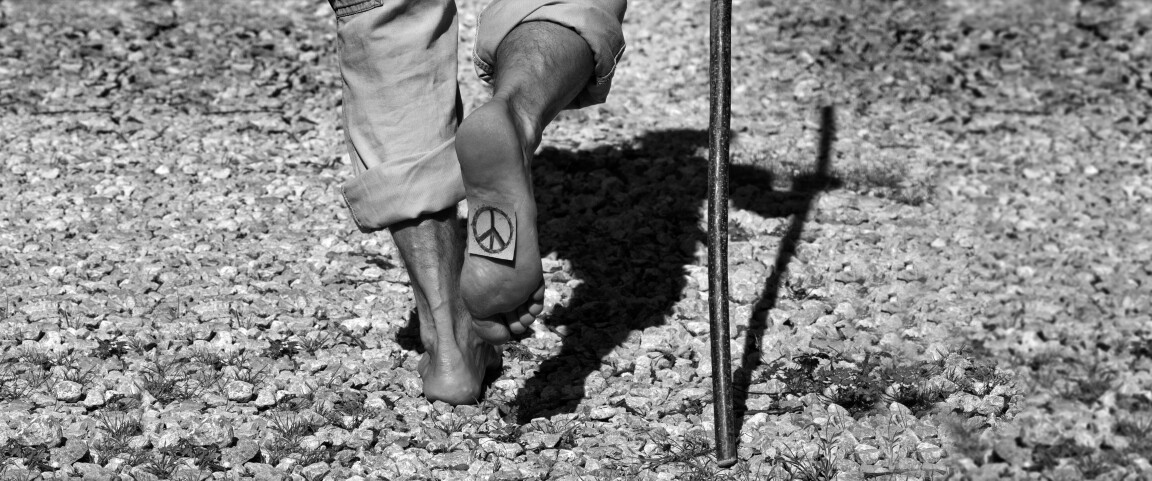
A European model project along the paths of the pilgrims of St. James sets [ways]signs!
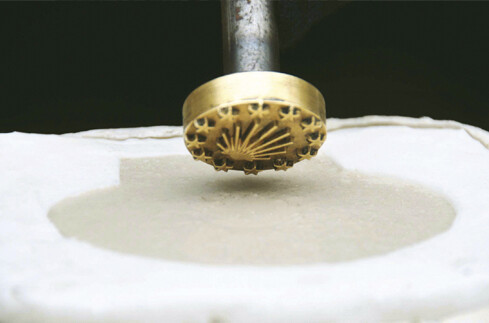

In the Middle Ages, pilgrims to Santiago de Compostela took their bearings from the Milky Way’s fine trail of stars pointing toward Spain in the nighttime firmament. The European model project “Starry Path/
Pilgrimage along the stars of Europe for tolerance, humanity, freedom, democracy, friendly encounter of cultures and peace!

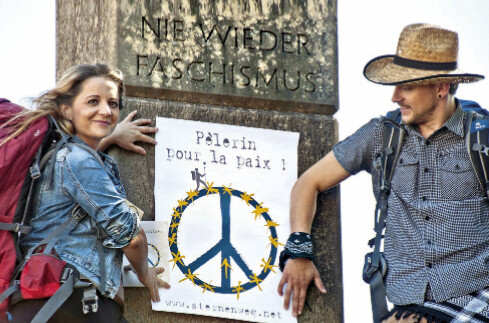
Countless people in the Middle Ages, with their collective search movement for encounter and salvation of souls, trod a network of paths to Santiago de Compostela and thus shaped the cultural-historical roots of Europe. Follow the lines of movement of these pilgrims and sense the special spirituality that nourished their strength and inspiration and that reverberates in the medieval architectural culture along the way to the present day. Alongside the stone “witnesses”, discover what connects times, people and cultures and holds Europe together at its core.

350 testimonies of medieval building culture invite you to discover and pause.
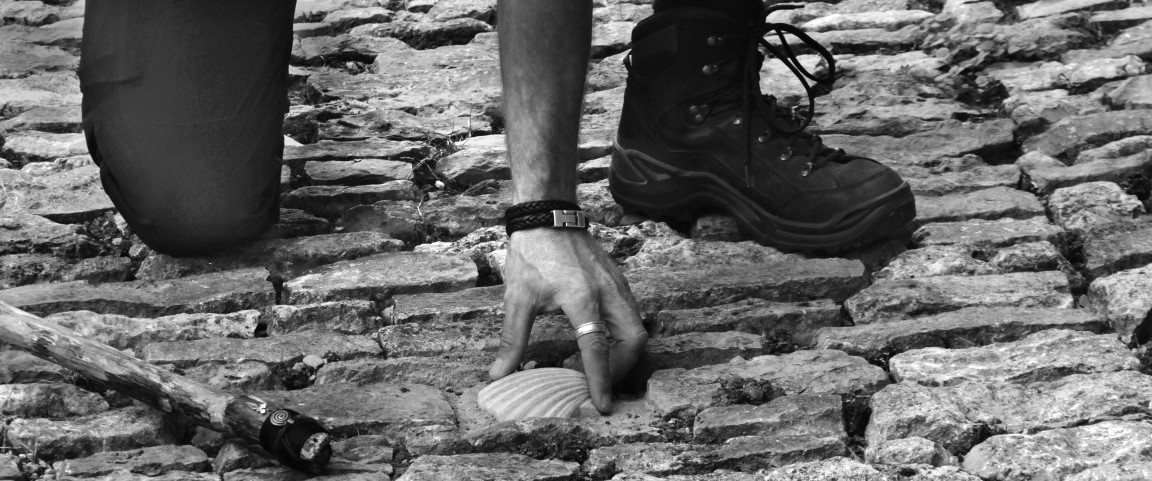
The project space
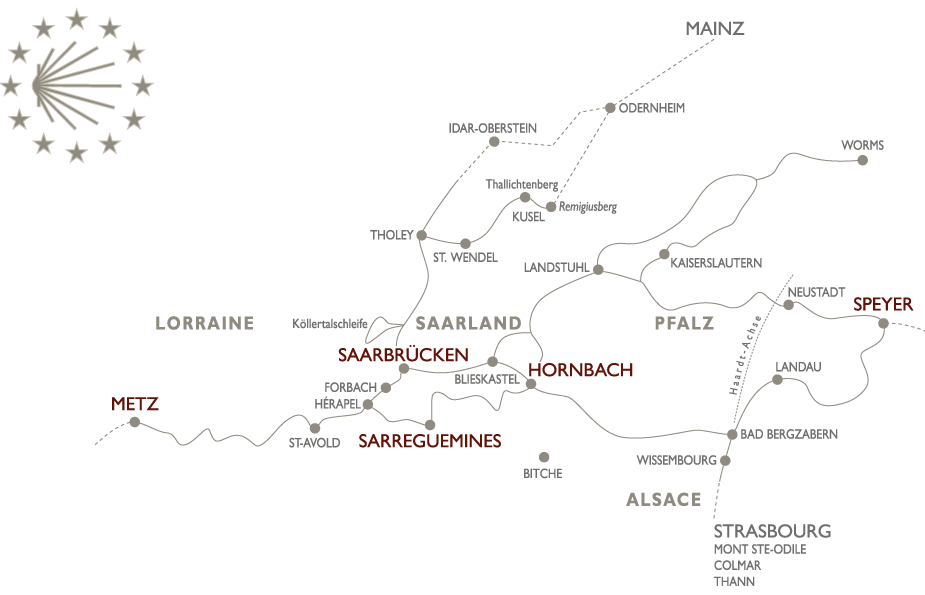
A large regional network of paths in the heart of Europe: Saarland, Rhineland-Palatinate, Lorraine, Alsace
The old episcopal sees of Mainz, Worms, Speyer, Metz and Strasbourg were already among the major nodes and gathering points for pilgrims to St. James in the Middle Ages.
The project area comprises 16 different routes with approx. 1600 path kilometers. Along these rediscovered routes, more than 350 large and small testimonies of medieval building culture have been recorded. These form a “string of pearls” of the architectural “contemporary witnesses” of those pilgrims who sought their paths along the stars in the direction of Santiago de Compostela in the Middle Ages. Many of these jewels are already marked with a stone scallop shell as a “signpost”. “signpost” adorned.
The mystical cultural monuments invite you to search for traces, discover and pause in the extremely multifaceted, old cultural landscapes…. Sometimes even off the officially marked routes.
Along the routes in the UNESCO Biosphere Reserve Bliesgau you will find even more trail signs: Stars and path ornaments made of field stones, each of which has a medieval reference in the area. At some stations there are “DenkBilder”which respond to the messages of the “Sternenweg” in a site-specific and artistic way.
To the interactive map
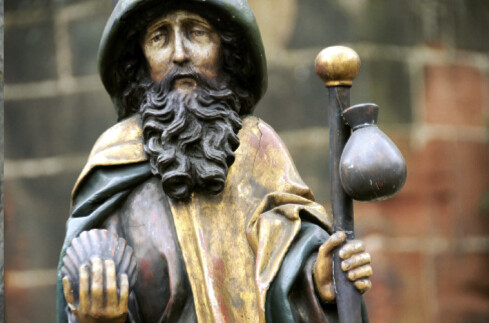



These form a “string of pearls” of the architectural “witnesses” of those pilgrims who, in the Middle Ages, sought their paths along the stars towards Santiago de Compostela.


Along the routes in the Bliesgau UNESCO Biosphere Reserve there are other trail signs: stars and trail ornaments made of fieldstones, each of which has a medieval reference in the area. At some stations there are “DenkBilder”, which react to the messages of the “Sternenweg” in a site-specific and artistic way.
Guiding theme
Valuefull pilgrimage
Compass of Values: Impulses for Walking the Starry Path in the Heart of Europe
Pilgrimage along the stars of Europe for tolerance, humanity, freedom, democracy, friendly encounter of cultures and peace!
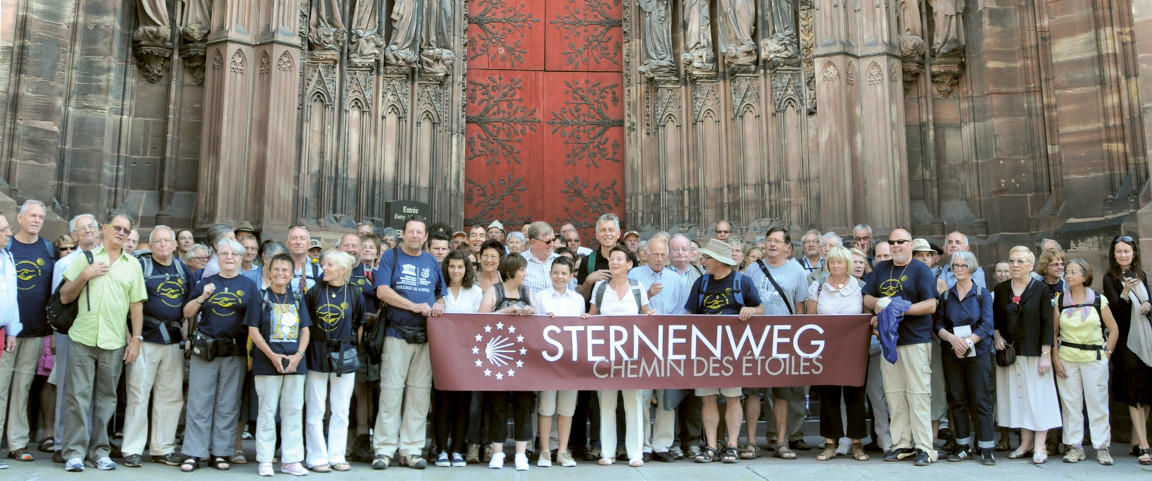
COOPERATION AND PARTIZIPATION
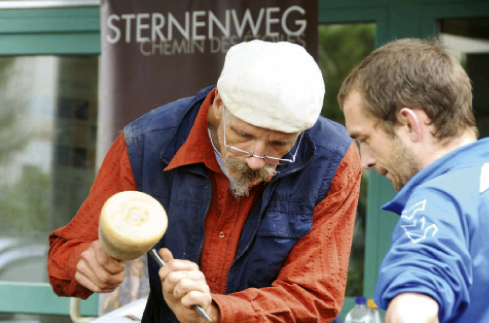
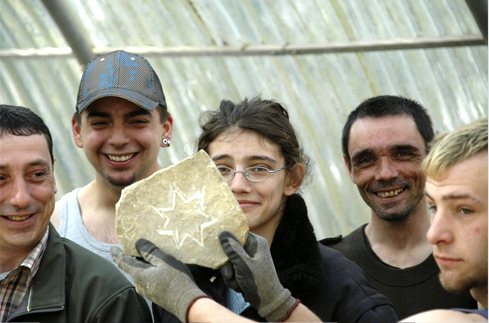
The Regional Association of Saarbrücken initiated the idea as a European model project in 2006 and manages the cross-border development in a process-oriented manner. The Signposts are created within the framework of qualification measures for people looking for work. Cooperation partners are the St. James Societies (Rhineland-Palatinate, Saarland, Lorraine, Alsace), many counties, cities, municipalities, church and cultural tourism institutions along the routes of the project area as well as the Institute for European Cultural Routes of the Council of Europe.
Order IMAGE BAND: touristinfo@rvsbr.de
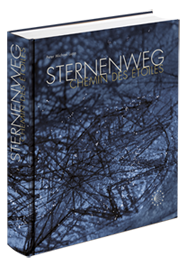
The poetic documentation includes contributions on the myth of the “Starry Paths”, everyday stories of the medieval pilgrims and poems for pausing. In addition, all recorded medieval cultural monuments along the routes of the project space are presented.
Format 245 x 290 mm, hardcover, bound, 568 pages with French abstract
ISBN no.: 978-3-947148-00-4
Publisher: Saarbrücken Regional Association, 2017
Price: 25,- € (plus shipping costs)
Source of supply: Tourist Info Saarbrücken Castle, Schlossplatz 1-15, 66119 Saarbrücken, Tel. 0049 681 / 506-60 06, touristinfo@rvsbr.de
Info/
Picture gallery medieval building culture along the way (selection)
Pilgrimage along the Haardt Mountains
With the so-called “Haardt-Achse” an imaginary connecting line crystallizes in the project Starry Path/
Historical sources confirm this route: A tradition from 1494, for example, proves that Deidesheim is located on a “common pilgrimage route” which connected the Rhineland and Rhenish Hesse with Alsace along the “mountains”. There is also documentary evidence that Rhodt unter der Rietburg had a brotherhood of St. James in the Middle Ages.
Along this “Haardt axis”, these gems of medieval architectural culture are available as authentic destinations for individually designed pilgrimages, many of which can also be arranged as circular routes. A pilgrimage without marked routes allows the pilgrims a touch of being on the way in its most original form. What is meant is a route planning that is inspired by the “holy places” along the way: The remains of large and small cultural monuments, which even today invite you to marvel and pause! A rich offer of already existing hiking trails allows along the Haardt to explore the selected medieval destinations on your own, with a spirit of discovery and curiosity.
All recorded medieval gems along the Haardt axis can be found on the interactive map discover.

